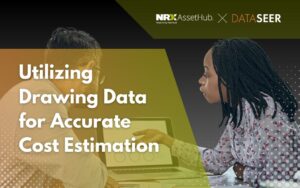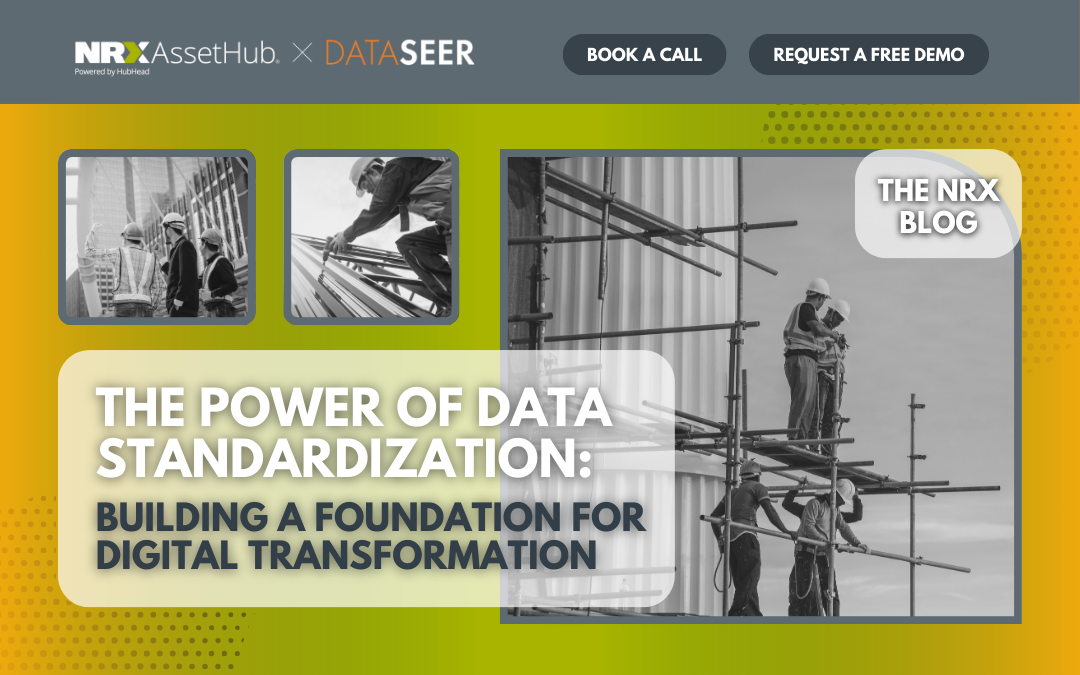The good news? There are tangible steps organizations can take to address this issue head-on. Standardizing engineering and asset data isn’t just about cleaning up databases—it’s about creating a unified foundation that ensures scalability, efficiency, and innovation.

Step 1: Establish Clear, Enterprise-Wide Standards
The first step to solving the problem is to define clear data standards that are aligned across the entire organization. This includes naming conventions, data formats, and asset classifications for various kinds of EAM systems.
- Create a Centralized Data Governance Team: Assign a dedicated team to oversee data standardization efforts, ensuring alignment across departments and regions.
- Document and Share Guidelines: Publish detailed guides for how data should be entered, labeled, and maintained. For instance, functional location (FLOC) naming conventions should follow a consistent format, such as location, category, and asset type.
By making these standards accessible and enforceable, you can prevent teams from resorting to customized or ad-hoc approaches.
Step 2: Audit and Clean Existing Data
Standardization begins with understanding the current state of your data. Conduct a comprehensive audit of your existing asset and engineering data across all systems. Look for inconsistencies, duplicates, and gaps in the data.
- Use Automated Tools: Invest in tools that specialize in data cleansing and migration. These solutions can help identify inconsistencies and suggest corrections at scale.
- Involve Domain Experts: While automation is key, don’t underestimate the importance of human expertise. Engineers with domain knowledge can verify that data is both accurate and meaningful.
This clean slate will make it easier to implement standards and ensure a smoother migration if you’re transitioning to a new EAM or CMMS platform.
Step 3: Leverage Technology for Long-Term Consistency
Once your data is standardized, maintaining it is the next challenge. This is where technology becomes your best ally.
- Use Built-In EAM Features: Many systems, such as Infor and IBM Maximo, have features for enforcing data entry rules. For instance, you can set mandatory fields, dropdown options, and validation checks to ensure compliance with established standards.
- Invest in Data Management Software: Tools designed for master data management (MDM) can integrate with EAM systems to provide an extra layer of control.
- Adopt Machine Learning for Continuous Improvement: Emerging AI tools can analyze new data as it’s entered, flagging inconsistencies or anomalies in real time.
With the right technology in place, your data standardization efforts can sustain themselves over the long term.

The Payoff: Digital Transformation on a Solid Foundation
Standardized data is the bedrock of successful digital transformation. When data is consistent and reliable, organizations can:
- Migrate Systems with Ease: Whether you’re transitioning to Oracle EAM, IFS, or another platform, standardized data ensures a smooth and efficient migration process.
- Accelerate Digital Twin Creation: Accurate data is essential for building digital twins that reflect real-world assets and processes.
- Enable Enterprise-Wide Digitalization: Standardized data facilitates the integration of IoT devices, predictive maintenance systems, and other digital tools.
By addressing the root causes of inconsistent data and implementing long-term solutions, companies can unlock new levels of efficiency and innovation.

Conclusion
Inconsistent data standardization is a challenge, but it’s far from being impossible to solve. By defining clear standards, cleaning up existing data, leveraging technology, and fostering a culture of consistency, organizations can transform their EAM systems into powerful engines of digital transformation.
The journey to standardization requires effort, but the rewards—seamless operations, successful digital twin initiatives, and enterprise-wide digitalization—are well worth it. It’s time to lay the foundation for a future powered by clean, consistent, and reliable data.
Utilizing Drawing Data for Accurate Cost Estimation

The Challenges of Table Data Extraction

The Tedious Nature of Creating Piping Lists Manually

Share this article

